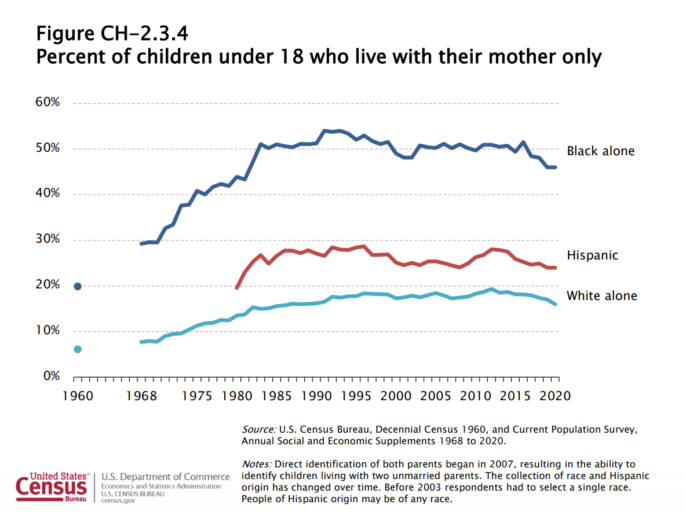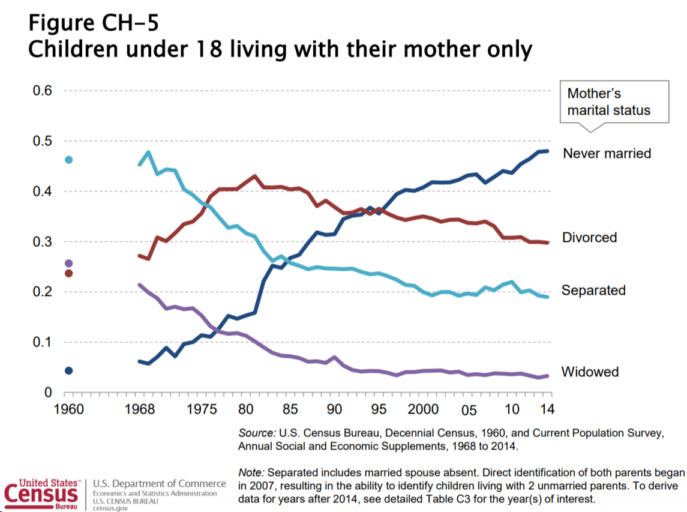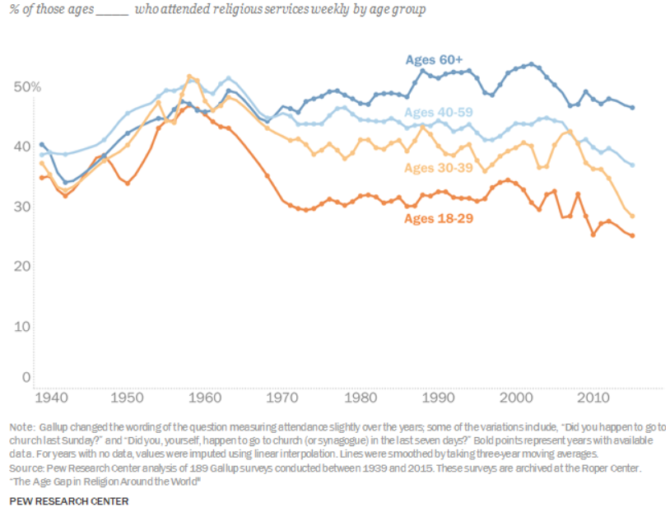[Note: This post is taken from an article by Herb Reese entitled, “A Comprehensive Church-Based Ministry to Fatherless Boys.”]
What Fatherless Children have in Common with Widows and Single Moms

Before I turn my attention to fatherless boys specifically, I want to point out some similarities fatherless children in general have with widows and single moms, since these are the tree primary types of care receivers my ministry, New Commandment Men’s Ministries, serves.
- All three groups represent people who have lost, or never had, an important loved one. In the case of a widow, that loved one was her husband. In the case of a single mom, that loved one was a husband or unmarried partner. And in the case of a fatherless child, that loved one was, of course, their father.
- For all three groups, the person they lost was an adult male.
- For all three groups, the loss of their adult male often results in financial deprivation.
- For all three groups, the loss of their adult male often results in unmet social and emotional needs.
- For all three groups, their unmet financial, social, and emotional needs can last for years, and sometimes decades.
- And finally, increases in the number of people in any of these groups are directly proportional to increases in government social welfare expenses.
Why Focus on Fatherless Boys?
The simple answer to the question of why the church should focus on fatherless boys is that fatherless boys represent a huge proportion of households with young boys in general, and fatherless boys often grow up to become absentee fathers themselves.
Therefore, when the church brings salvation and healing to a fatherless boy — that is, brings the boy into a right relationship with God as his Father and provides godly role models who can disciple the boy as surrogate fathers, it accomplishes two things: it gives a boy who has been abandoned by his earthly father his self worth back, and it prepares him for a productive adulthood as a man, a husband, and a father himself, thus helping to break the fatherless cycle.
Where did all the Fathers Go? Statistics and Trends

At the beginning of the twentieth century, children living with their mother only were a relatively rare phenomenon. But beginning in the middle of the century, mother only homes began to rise rapidly until today, fatherless households comprise over 20% of all households. The accompanying graph is from the US Census Bureau and documents this rise in fatherless homes from 1968 to 2020 (Hispanic households from 1980 to 2020).
Note that the major increases in fatherless homes in Black and Hispanic households occurred in the 60’s to the early 80’s, then leveling off until about 2015 when the rate of fatherless households began to decline somewhat.
In White households, fatherless homes began to increase in the 60’s but didn’t peak until about 2000. They then remained steady until 2015, and then declined slightly as well.
The recent small decline in fatherless households is encouraging, but fatherlessness still remains very high with 46% of Black homes being fatherless (up 130% from 1960), 24% of Hispanic homes being fatherless (up 26% from 1980), and 17% of White homes being fatherless (up 167% from 1960).
Not all Fatherless Boys are from the Same Type of Fatherless Home

There are many different types of fatherless homes. Some boys are fatherless because their father died. Other boys are fatherless in homes where the father never married the mother and then left. Still other boys are fatherless because their father and mother are separated or divorced.
Note also that in 1968, when the sexual revolution in America was gaining steam, never married mothers represented only 6% of fatherless homes. But by 2014, they represented 48% of fatherless homes.
Fatherless Boys and U.S. Church Attendance Trends

There is a correlation between increased rates of fatherlessness and decreased rates of church attendance.
The accompanying Pew Research Center graph, “% of those who attended religious services weekly by age group”, shows two periods of dramatically reduced rates of regular church attendance in the U.S., especially for adults aged 18-29 and 30-39, spanning the years 1955 to 1972 and 2000 to 2015.
The dramatic decline in church attendance during the period, 1955-1972, parallels closely the equally dramatic rise in fatherlessness from 1960 to 1982 in figure CH-2.3.4 above.
Since adults, including single moms, aged 18-39 are in their primary child bearing and child rearing years, their reduced church attendance means that fatherless boys have less access to the one institution that excels in providing boys with moral guidance and positive adult male role models.
Thus, fatherless boys represent a massive mission field in America that is just waiting for the church — and especially men’s ministry within the church — to address.

Since 2003 New Commandment Men’s Ministries has helped hundreds of churches throughout North America and around the world recruit teams of men who permanently adopt widows, single moms and fatherless children in their congregations for the purpose of donating two hours of service to them one Saturday morning each month. We accomplish this with a free training site called New Commandment Men’s Ministry Learn how to mobilize your men’s ministry to meet every pressing need in your church at newcommandment.org.
_______________________________________________________________

Learn how to form teams of men for every widow, single mom
and fatherless child in your church at NewCommandment.org.
_______________________________________________________________